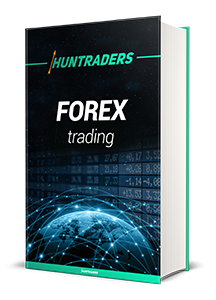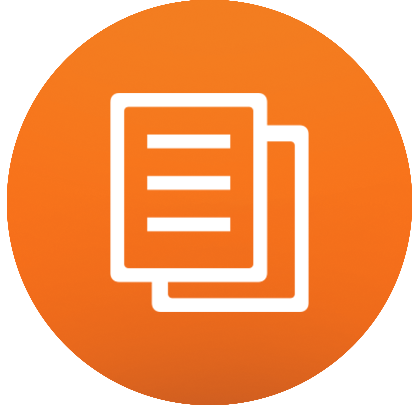Course Summary
Forex Trading

Are you ready to take your first steps into the world of forex trading? This comprehensive guide for beginner traders is just what you need to get started with confidence!
This presentation will provide you with all the basic definitions and information you need to understand the forex market, including the interpretation of economic indicators and their impact on the market. You'll also learn about the different types of brokerages and how the trading mechanisms work. Our goal is to help you trade safely and successfully, with detailed explanations and step-by-step instructions.
Moreover, the second part of this chapter delves into the most commonly used trading platforms, and provides an in-depth analysis of automated trading, including its advantages and limitations. You will gain valuable insights into the practical aspects of forex trading, allowing you to make informed decisions.
With 118 slides packed full of useful information, this presentation is an essential resource for anyone looking to start their forex trading journey. Don't be afraid to take the risk and start your path towards potentially large returns!
Number of Lessons: 16
The Bible mentions money and trading several times. The milestones are described in this lesson which ends with forex trading supported by computer networks and complicated algorithms.
Due to modern technology, Forex is the most available to anyone than it has ever been. Forex trading has several advantages compared to regular stock trading. However, traders are exposed to further risks.
This lesson describes basic definitions such as currency pair, spread, pip, lot, and drawdown. It is not recommended to trade forex without knowing what those definitions mean.
It is shown how to calculate profit and loss in pips and how to convert it to the base currency in case of direct, indirect, and cross-currency pairs.
Large leverages offered by forex brokers sound tempting, but without proper margin management, it is easy to generate losses on the account. This lesson describes the margin and leverage values based on different account types.
The liquidity of the markets is determined by the opening hours of the main financial centres. These financial centres and their specific attributes are included in this lesson.
Unlike stock trading, forex trading happens outside the stock exchange on unregulated markets. The lesson introduces these two structures and through real examples the specific attributes of unregulated markets are shown.
One must count with the swap when trading forex. Swap is the received or paid interest for keeping the position overnight. This affects traders trading with high leverage. The Carry Trade strategy is also introduced here, which is based on the interest rate differences of currency pairs.
Traders must be aware of their own trading styles. For this the positions must be appropriately sized, trading signals must be searched, and position and risk must be continuously managed. 9 trading styles with their advantages and disadvantages are introduced in this lesson.
Information, economic indicators, macroeconomic data and events related to politics and finance can have a direct or indirect effect on currency pairs. This lesson shows what factors influence the markets and how they influence the currency pairs.
Because of the OTC market attributes, forex brokers can differ in terms of the services provided and their roles. They may use different communication networks, sometimes they can be market makers, and rarely they might just want to transmit orders. These broker types and their operations are shown in this lesson.
Forex brokers use different tools to generate bigger profits on the expense of their clients. This usually happens 100% legally. Investors must understand the following concepts to avoid being ripped off: slippage, last look, and spread skewing.
It is not easy to find the best broker from thousands of available forex brokers. It is important to give our capital only to reliable and safe brokerage firms. Several factors must be assessed when choosing the most appropriate firm/broker which are described in this lesson.
It is easy to learn the order types on the forex market. The market and limit orders are introduced along with stop-loss and profit-taking. Furthermore, the difference between instant and market execution is described.
The automatic or robot trading helps traders to make decisions based on predefined parameters and executes them on Forex or other markets. This lesson introduces the program types of the MQL language, the phases of planning, and the advantages/disadvantages of Expert Advisors.
The introduction of MT4 to the general public in 2005 played a main role to spread forex electronic trading to individual costumers. It is important to choose a software which supports our unique trading style and meets all our technical expectations. The lesson compares 3 popular trading platforms.
Details
Quizzes
Lessons
Slices
Achievable Badge:

What You’ll Learn:
- What are the basic concepts of forex and their interpretation,
- What are spread, pip and lot, and how to size positions,
- Which types of orders exist and how to use them correctly,
- How do economic indicators affect the forex market,
- What kind of trading styles exist,
- How to choose the right forex brokerage firm,
- What are the dangers of forex trading,
- Which are the most common trading platforms,
- What are the potentials of program trading.

In this course:

72

30

22

21

19

18

16

9

4

3

3

2

2
Explore the E-Learning System:
Activate E-Learning


